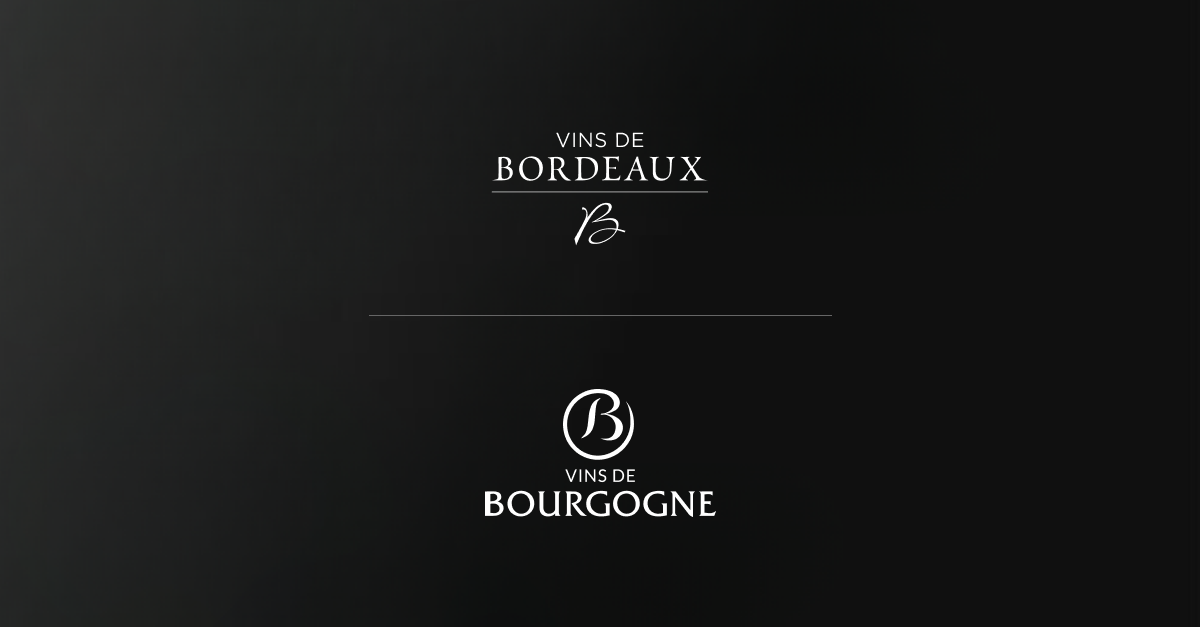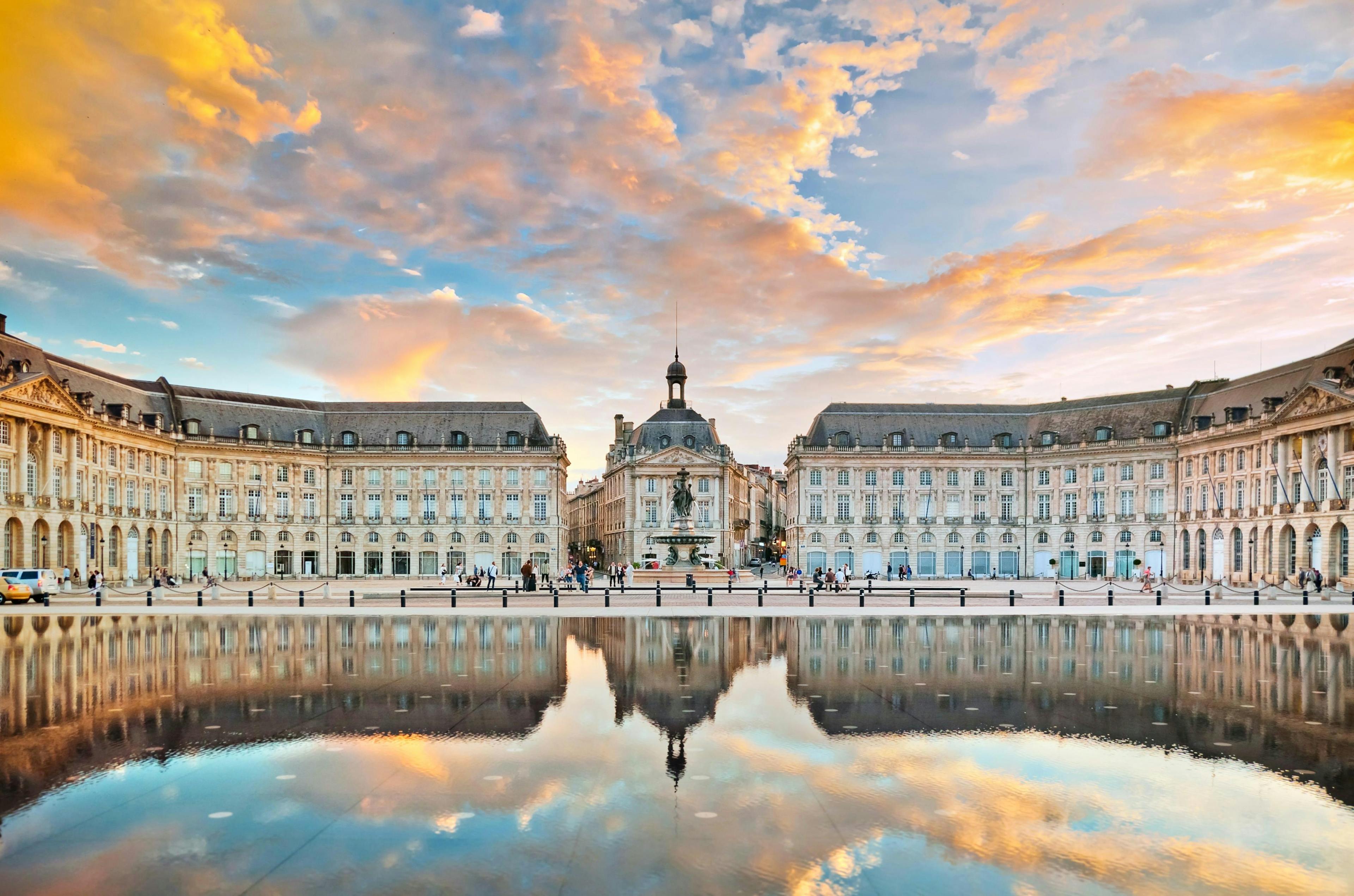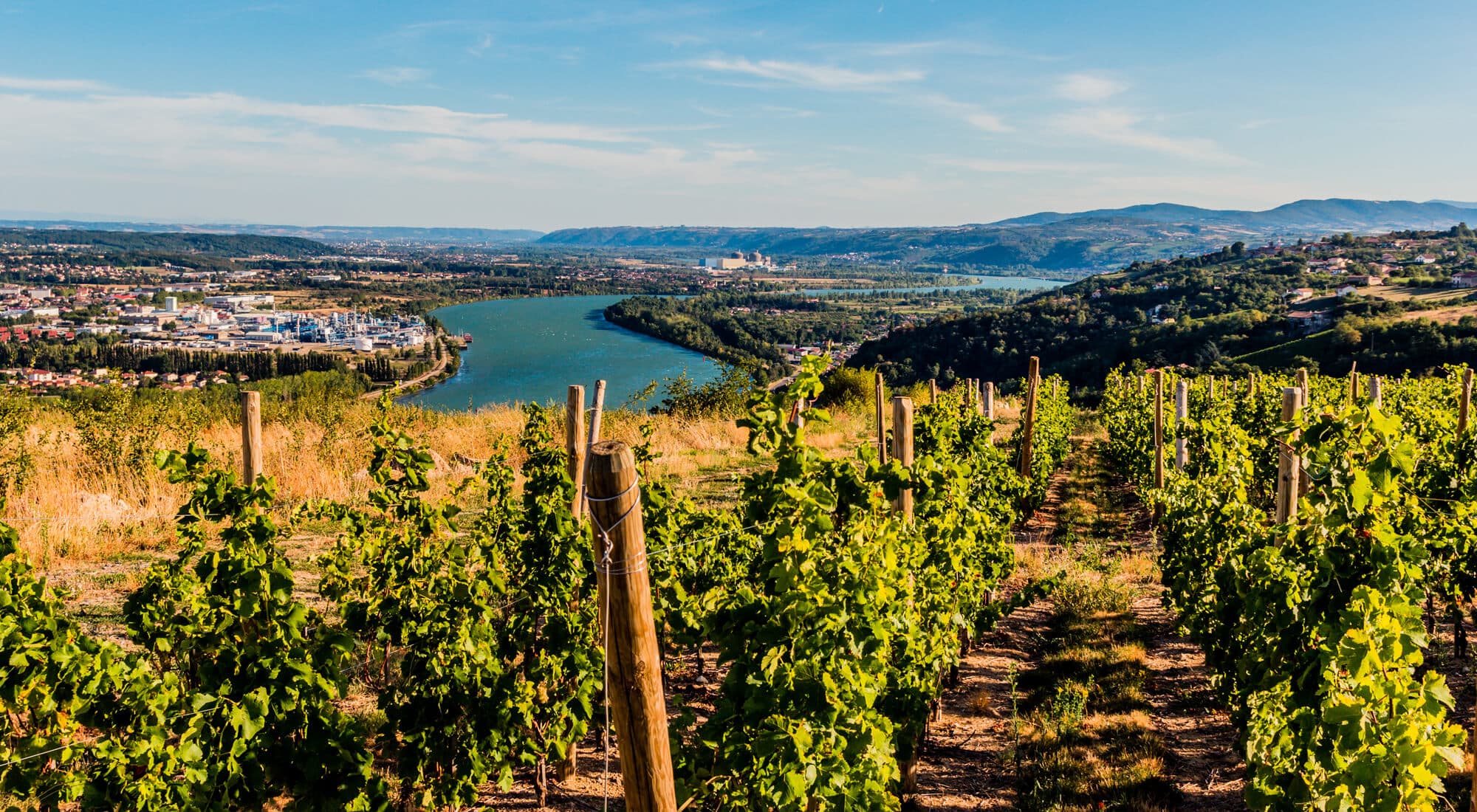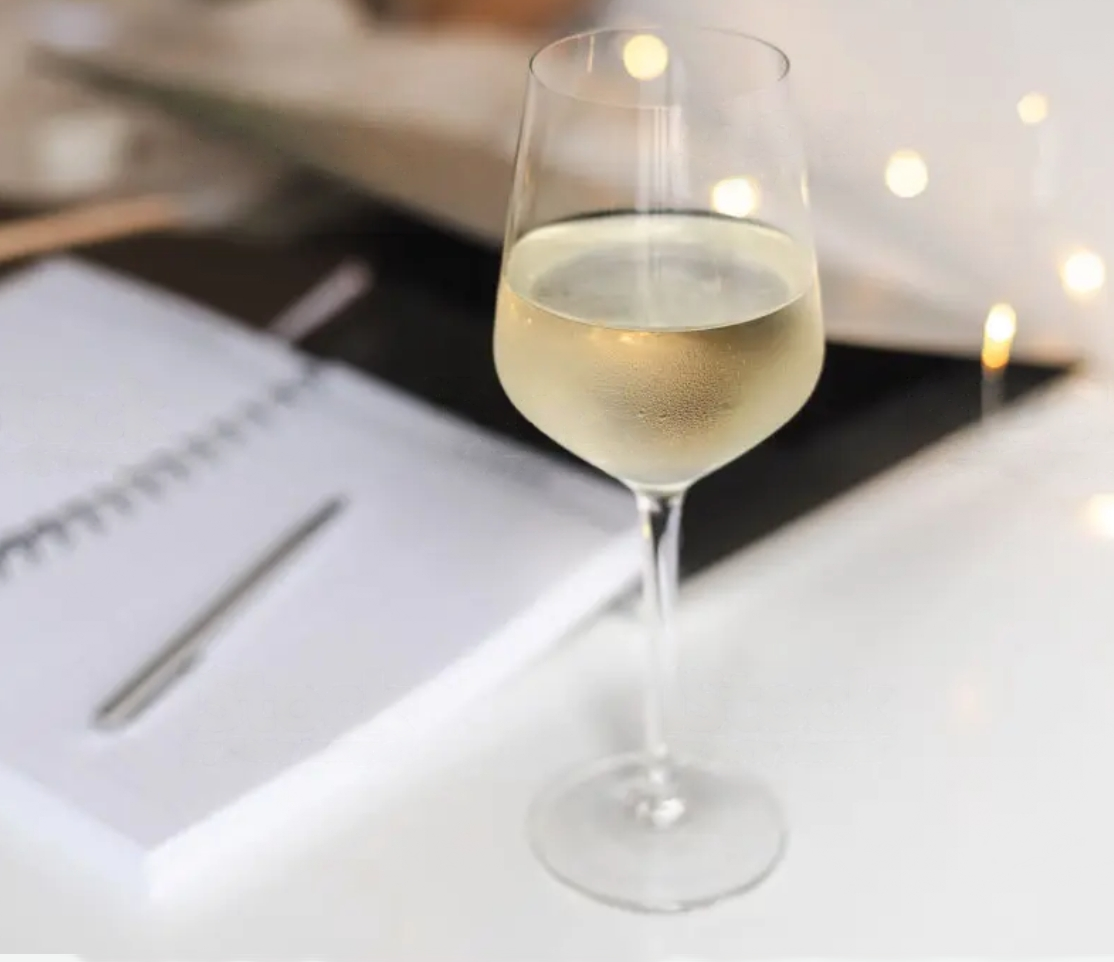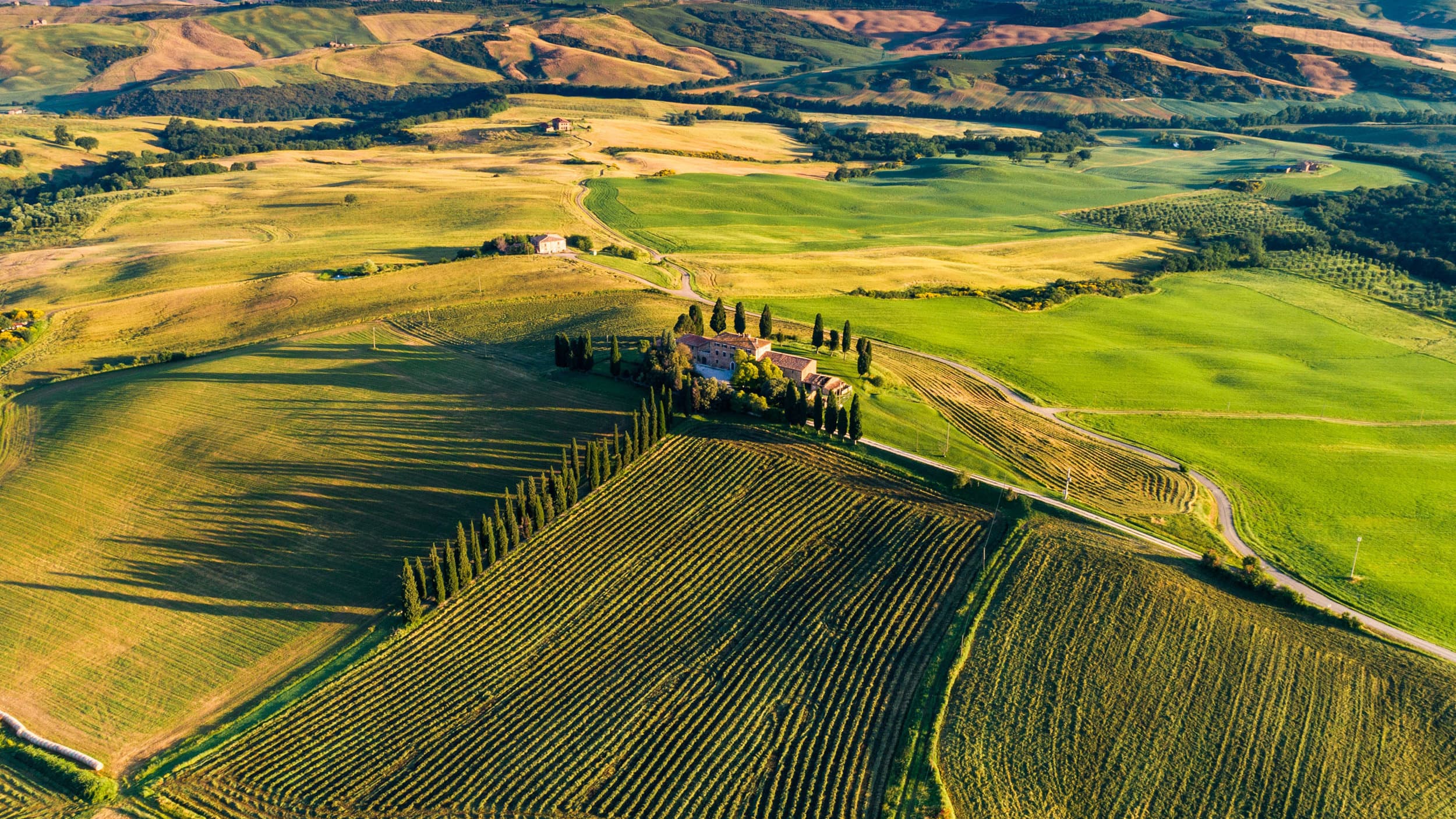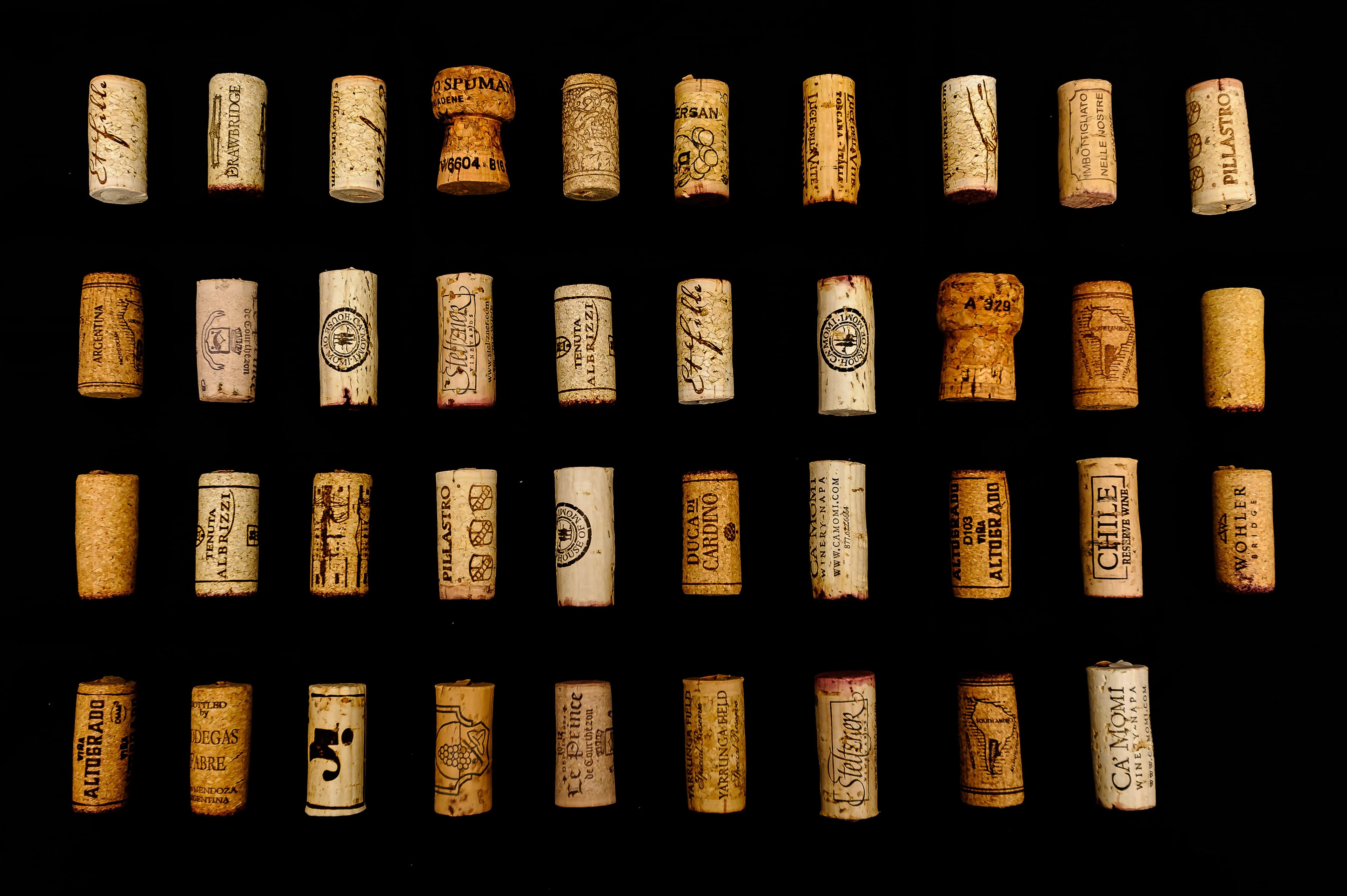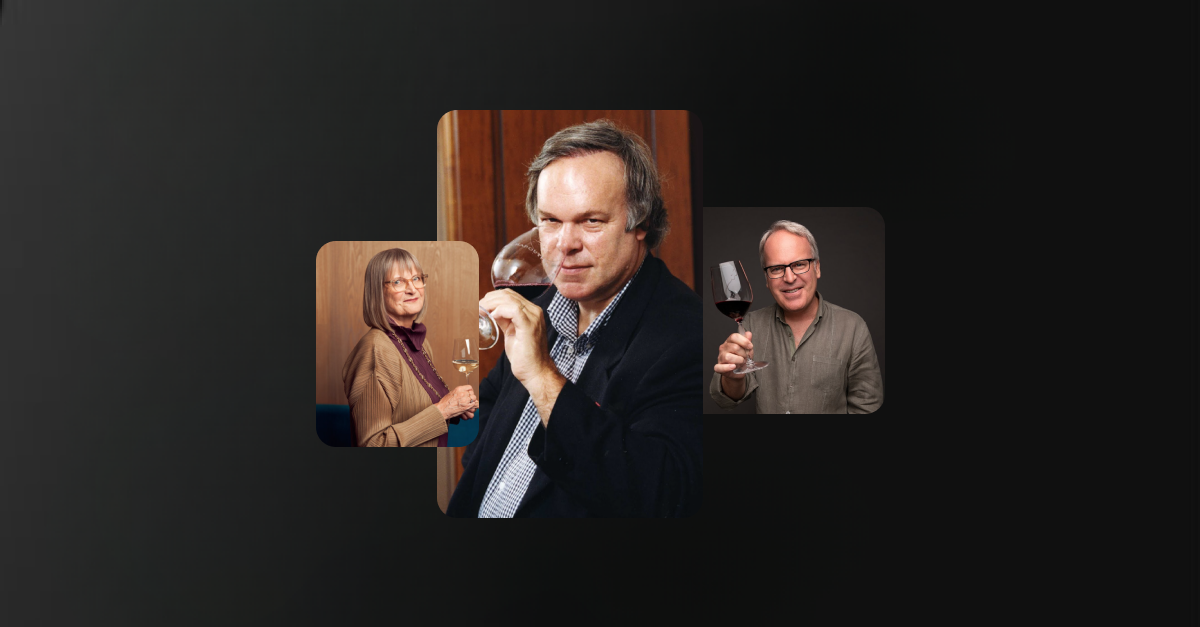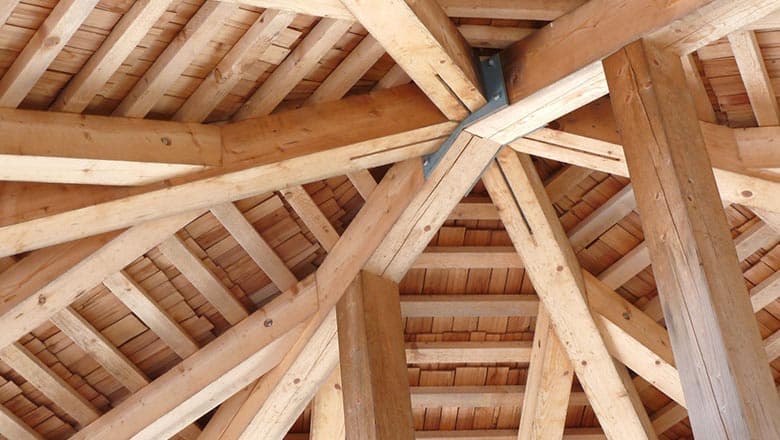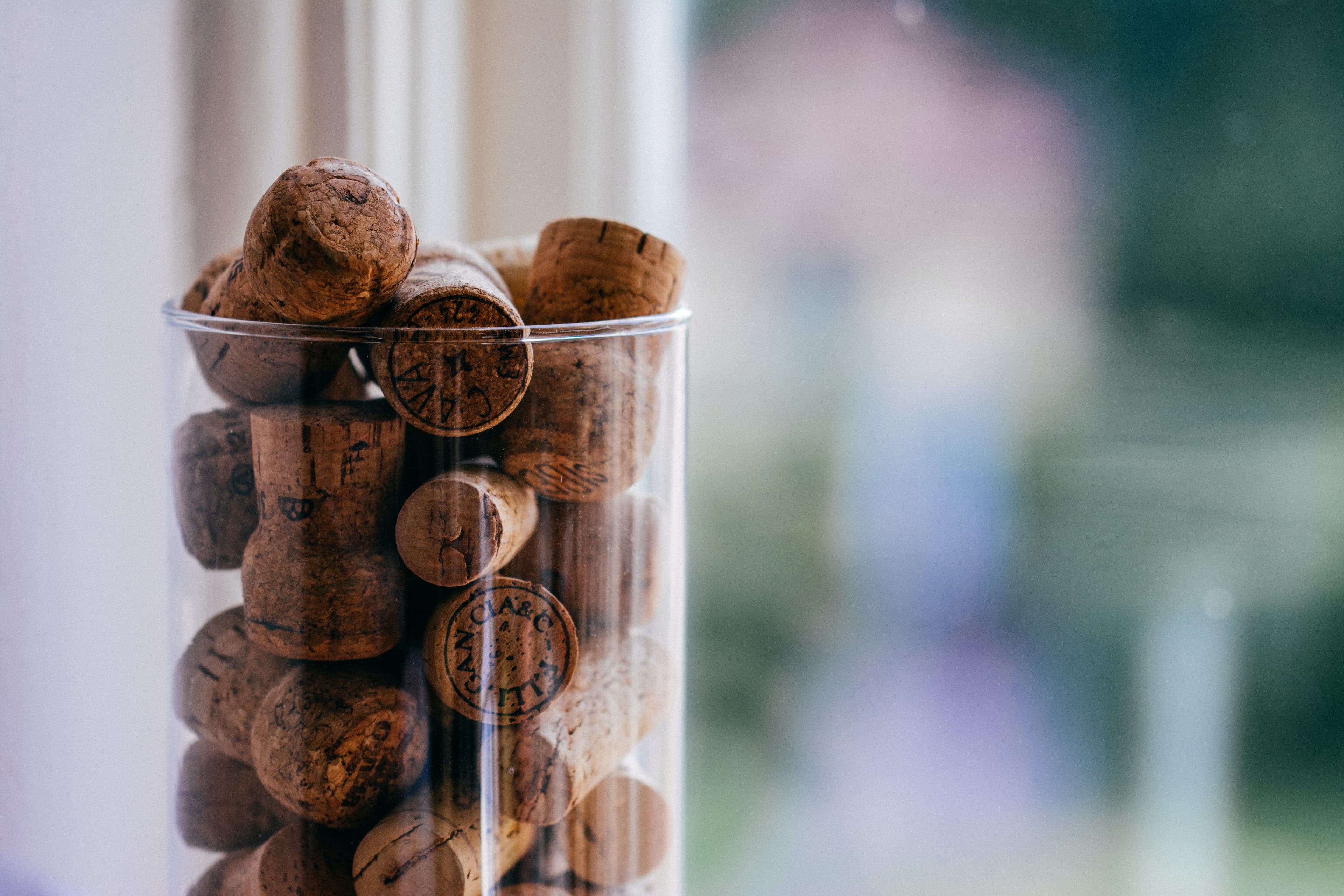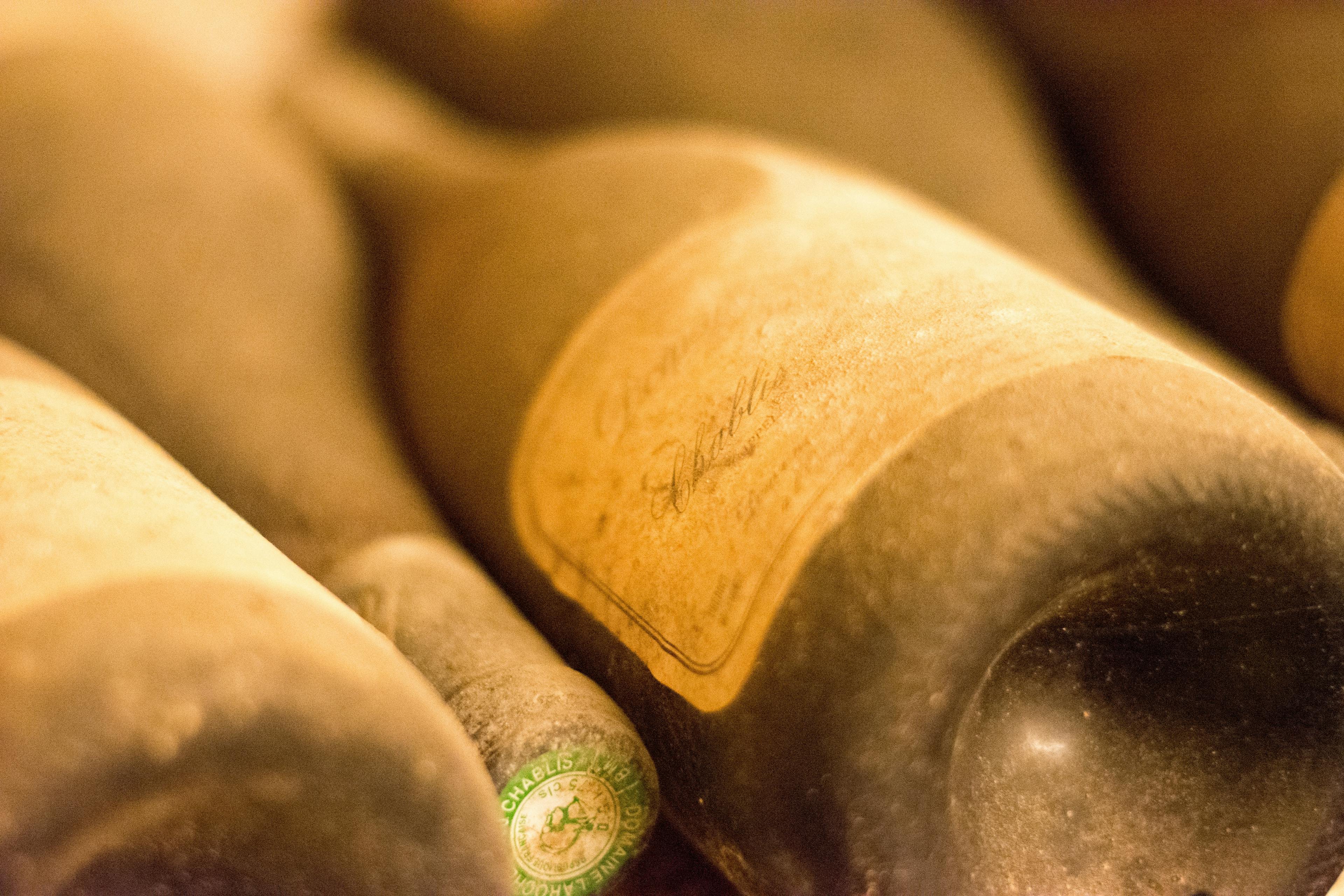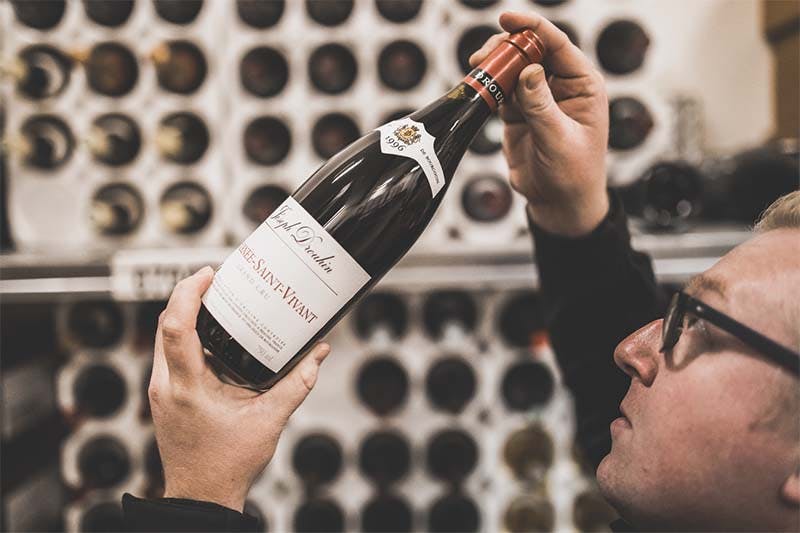
Louis Roederer, a name synonymous with exceptional quality and elegance in the world of sparkling wines, has produced numerous vintages that have left a lasting impression on connoisseurs and casual drinkers alike. This article delves into the 10 most popular Louis Roederer vintages, highlighting their unique characteristics and the craftsmanship behind each bottle. Whether you're a seasoned collector or new to the world of fine wines, this guide will help you understand what makes these vintages stand out in the crowded market of luxury champagnes.
Overview of the Top-Rated Vintage: Louis Roederer Cristal
When exploring the esteemed Louis Roederer Cristal, several distinctive characteristics stand out, making it a top-rated vintage among connoisseurs. First, its remarkable balance between richness and freshness captivates the palate. This champagne is well-known for its precise blend of Pinot Noir and Chardonnay, which contributes to its complex flavor profile and aromatic intensity.
Ageing Process: Cristal is aged for six years in Louis Roederer's cellars and left for an additional eight months after dégorgement, enhancing its unique texture and depth.
Vintage Quality: Only produced in the best years, this ensures that each bottle maintains a high standard of quality and exclusivity.
Flavor Profile: It features a harmonious mix of ripe fruits, citrus, and hints of white chocolate, which slowly evolve into more mature notes of nuts and toffee.
Aroma: The aroma is equally compelling, with an enticing blend of white flowers, orchard fruits, and slight toastiness, making it a sensory delight.
These elements combine to create a champagne that is not only luxurious but also rich in history and craftsmanship.
The 2002 Vintage: A Legendary Year
The 2002 vintage from Louis Roederer stands out as a legendary year, celebrated for its exceptional quality and remarkable aging potential. This vintage is particularly noted for its balanced structure and depth, which has captivated champagne enthusiasts worldwide. The climatic conditions of 2002 provided the perfect environment for grape ripening, leading to the creation of a champagne with both complexity and elegance.
When considering the preservation of this exquisite vintage, proper storage is crucial. By visiting this store, enthusiasts can learn the best practices to maintain the champagne's integrity. Key factors include:
Temperature Control: Keeping the bottle at a consistent, cool temperature prevents premature aging.
Humidity Levels: Ideal humidity helps in preserving the cork's moisture.
Light Exposure: Champagne should be stored away from light to protect its flavor and aroma.
Positioning: Bottles should lie horizontally to keep the cork moist, ensuring a tight seal.
Adhering to these storage guidelines will help maintain the 2002 vintage's distinguished characteristics, ensuring it can be enjoyed at its best for years to come.
Recent Standouts: 2008 and 2012 Vintages
The 2008 and 2012 vintages from Louis Roederer have garnered significant attention for their exceptional quality and flavor profiles. These years stand out in the storied history of the champagne house, each offering unique characteristics that appeal to connoisseurs and casual drinkers alike.
In 2008, the climate conditions were ideal, leading to a harvest that produced grapes of optimal ripeness and acidity. This vintage is celebrated for its structured precision and depth, featuring vibrant acidity paired with rich, fruity notes. It's a superb choice for those enjoying a special occasion or seeking a memorable tasting experience.
Conversely, the 2012 vintage was influenced by a challenging growing season that, surprisingly, culminated in a harvest of outstanding quality. The resilience of the vines is reflected in the champagne’s complex bouquet and robust body. It offers a slightly more pronounced minerality than the 2008, complemented by a creamy texture and a long, satisfying finish.
2008 Vintage: Known for its precision and vibrant acidity.
2012 Vintage: Notable for its complexity and robust body.
Both vintages exemplify the craftsmanship and enduring legacy of Louis Roederer, making them worthy additions to any wine enthusiast's collection.
The 1990 Vintage: A Turn of Decade Favorite
The 1990 vintage from Louis Roederer stands out as a remarkable choice for wine enthusiasts, particularly due to its rich flavor profile that complements a variety of dishes. This vintage, characterized by its balanced acidity and vibrant fruit notes, makes it an excellent candidate for sophisticated food pairings. When considering what to serve with this exquisite champagne, consider the following options:
Aged Cheeses: The creamy textures and deep flavors of aged Gouda or Parmesan can enhance the complex notes in the 1990 vintage.
Grilled Seafood: Items like grilled lobster or scallops bring out the vintage's crispness, creating a harmonious blend on the palate.
White Meat: Delicate poultry dishes, such as roasted chicken or turkey, work well by complementing the wine's subtle fruit undertones.
Light Pastas: Opt for dishes with a light cream or olive oil base rather than heavy sauces to maintain the wine's elegance.
Fruit-Based Desserts: A simple fruit tart or fresh berries can amplify the bright, citrusy notes of the champagne, making for a refreshing end to any meal.
Each pairing is designed to enhance both the food and the wine, ensuring a memorable dining experience.
The 1985 Vintage and Its Historical Significance
The 1985 vintage from Louis Roederer stands out not only for its exceptional quality but also for its historical significance in the world of fine wines. This particular year marked a turning point in the champagne industry, showcasing the potential of meticulous vineyard management and precision in the winemaking process. The season was characterized by ideal weather conditions, leading to a harvest that produced grapes of optimal ripeness and balance.
Weather Influence: The mild spring followed by a warm summer allowed for gradual and complete grape maturation.
Innovation in Production: Louis Roederer implemented advanced techniques in both the vineyard and the cellar this year, setting new standards for the industry.
Global Recognition: Upon release, the 1985 vintage received widespread acclaim, significantly enhancing Louis Roederer's reputation on the international stage.
Legacy: Many connoisseurs consider it a benchmark for evaluating the quality of other vintages and champagne houses.
For more detailed facts about Louis Roederer and the impact of the 1985 vintage, exploring further resources can provide deeper insights into its enduring legacy.
Discovering the 1979 Vintage: A Hidden Gem
Exploring the 1979 vintage from Louis Roederer reveals why this particular year stands out as a hidden gem among wine enthusiasts. This vintage is celebrated for its exceptional balance and depth, characteristics that have evolved beautifully over the decades. The 1979 Louis Roederer offers a complex bouquet of aromas, from dried fruits to subtle hints of toasted almonds, which enchant the olfactory senses before the first sip.
Upon tasting, the wine unveils layers of flavor that include ripe pears, honey, and a touch of smoky oak. Its acidity and minerality are perfectly aligned, providing a crisp finish that lingers pleasantly. This vintage's remarkable freshness, despite its age, makes it a standout choice for collectors and connoisseurs alike.
For those interested in experiencing the unique taste of Louis Roederer's 1979 vintage, here are a few considerations:
Storage Conditions: Proper storage is key to maintaining its quality. A cool, dark environment is ideal.
Decanting Time: Allow it to breathe for at least an hour before serving.
Pairing Suggestions: Complements rich, creamy dishes or mature cheeses excellently.
The 1964 Vintage: Old World Charm
The 1964 vintage from Louis Roederer stands out as a testament to the exceptional craftsmanship that defines this esteemed champagne house. Produced in a year marked by favorable climatic conditions, this vintage encapsulates the essence of skill and tradition. The grapes for this particular year benefited from a balanced season, with just the right amount of sunshine and rain, leading to a harvest that was both abundant and of high quality.
Aromatic Complexity: The 1964 vintage is renowned for its intricate bouquet, featuring hints of dried fruits and toasted almonds, which have deepened over the decades.
Refined Palate: On the palate, it offers a silky texture with a blend of honeyed flavors and a subtle acidity that has mellowed beautifully with age.
Lasting Finish: The finish is long and satisfying, with a lingering taste that invites contemplation of its rich history and heritage.
Collectors and enthusiasts cherish this vintage for its classic representation of the brand's dedication to quality and detail. Each sip transports the drinker back to a time when meticulous attention to every aspect of the winemaking process was the standard.
The 1959 Vintage: A Taste of Mid-Century
The 1959 vintage from Louis Roederer stands out as a remarkable example of mid-century winemaking excellence. This particular year was marked by ideal weather conditions, which allowed for the development of grapes with balanced acidity and optimal ripeness. The result is a champagne that offers a complex bouquet of aromas, including hints of toasted almonds, dried fruits, and a subtle touch of honey.
When enjoying this exquisite vintage, it is crucial to serve it properly to fully appreciate its unique characteristics. Here are some tips for optimal enjoyment:
Temperature: Chill the champagne to about 8-10°C before serving. This temperature range helps to enhance the wine's rich flavors and delicate bubbles.
Glassware: Use a proper champagne flute to maintain the effervescence and concentrate the aroma at the top of the glass.
Pouring: Pour slowly to prevent the champagne from losing its bubbles too quickly, which can affect the overall tasting experience.
By following these guidelines, enthusiasts can experience the full spectrum of flavors and aromas that the 1959 Louis Roederer has to offer, making every sip a journey back to the golden era of the 1950s.
The 1945 Vintage: War-Time Rarity
The 1945 vintage of Louis Roederer stands out not only for its exceptional quality but also for its remarkable history during a tumultuous period. Produced in the final year of World War II, this vintage is a testament to resilience and dedication under challenging circumstances. Vineyard workers had to contend with numerous hardships, including limited resources and the constant threat of conflict affecting their daily operations. Despite these obstacles, they managed to cultivate grapes that yielded an extraordinary champagne.
Scarce Production: Due to the war, production levels were significantly lower than in peacetime, making bottles from this year particularly rare.
Unique Flavor Profile: The stress on the vines and the unusual climatic conditions of 1945 contributed to a distinct flavor noted for its intensity and complexity.
Historical Significance: Owning a bottle from this vintage is like holding a piece of history, reflecting the resilience of the human spirit and the enduring quality of Louis Roederer's craftsmanship even in the hardest times.
The 1923 Vintage: Prohibition-Era Luxury
The 1923 vintage from Louis Roederer stands out as a remarkable symbol of luxury during the Prohibition era in the United States. Despite the stringent restrictions on alcohol, this champagne found its way into the hands of those who appreciated its exquisite quality and rich heritage. Produced in a time of significant historical events, the 1923 vintage embodies the resilience and ingenuity of Louis Roederer's winemaking.
Historical Context: In 1923, Prohibition was in full effect, making the production and distribution of alcoholic beverages illegal in the U.S. However, Louis Roederer continued to cultivate exceptional grapes in the Champagne region of France, ensuring the vintage's superior quality.
Tasting Notes: This particular vintage is noted for its balanced acidity and complex flavor profile, featuring hints of toasted almond, dried fruits, and a subtle smokiness, a testament to its age and storied past.
Collectibility: Due to its rarity and the historical period it represents, the 1923 Louis Roederer is highly sought after by collectors and connoisseurs alike, often fetching high prices at auctions and private sales.
This vintage not only reflects the craftsmanship of its makers but also serves as a poignant reminder of the era's challenges and the enduring appeal of luxury champagne.
Conclusion
In conclusion, exploring the 10 most popular Louis Roederer vintages offers a fascinating glimpse into the world of fine wines, showcasing the rich history and exquisite craftsmanship of one of the world's most revered champagne houses. Each vintage tells its own unique story, reflecting the climatic conditions, winemaking innovations, and the unyielding pursuit of quality that defines Louis Roederer. For enthusiasts and collectors alike, these vintages are not just beverages but are treasured investments that appreciate over time.
At Rekolt, we understand the importance of not only acquiring these exceptional vintages but also ensuring their preservation and provenance. That's why we offer specialized services like professional cellar storage and a seamless platform for reselling and trading fine wines. By choosing Rekolt, you ensure that your investment is stored under optimal conditions, maintaining its quality and value over time. Whether you're looking to expand your collection, invest in rare finds, or simply enjoy some of the finest champagnes the world has to offer, Rekolt provides the expertise and resources to elevate your wine experience. Explore our marketplace today and discover the perfect Louis Roederer vintage to add to your collection or as a splendid gift for any discerning connoisseur.
Share this article
